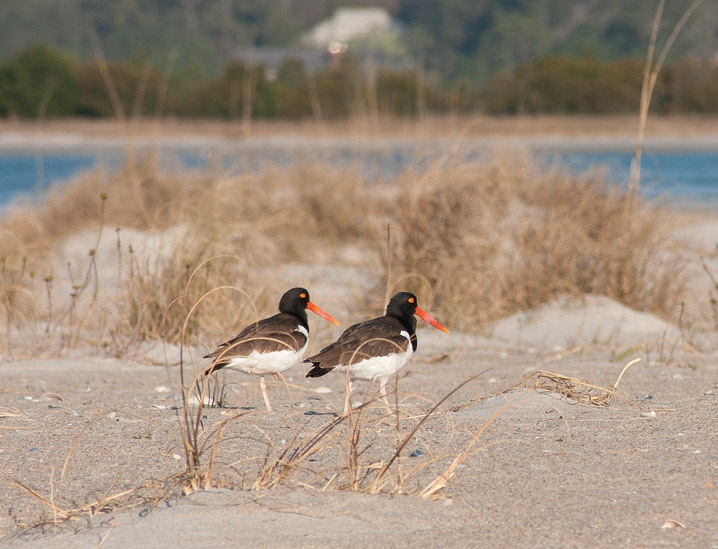Shore birds and turtles attempting to nest on and in Wrightsville Beach sand could face obstacles with a delayed beach nourishment project schedule.
For the birds, the delay could threaten the entire south end bird colony. For the turtles, delayed nourishment could impact the first month of nesting season.
Bob Keistler, U.S. Army Corps of Engineers project manager, stated in an April 1 email that to his knowledge the corps has never requested a window extension for Wrightsville Beach.
The corps is currently waiting to hear an update from Weeks Marine about the dredge status. The proposed extension date through May 31 has not been finalized.
“In the past, this work has been always paired with sand placement on Masonboro Island, and the Masonboro Island work has an earlier environmental window than the other beach placement jobs (March 31),” Keistler stated. “Because of that early window, Masonboro and WB have been the first order of work on earlier contracts. We did not get funding for placement on Masonboro Island this year, therefore the Wilmington District did not give the contractor an order of work.”
May through July is the height of the bird nesting season, with hundreds of birds taking advantage of the south end bird colony since 2009 after failing at the north end colony.
Lindsay Addison, coastal biologist with Audubon North Carolina, said factors that could impact the current nesting season include where the pipe is laid, where project equipment is staged and if the nesting areas are dredged away.
“The project has the potential to severely impact or completely wipe out the nesting season for the birds that nest on the south end of Wrightsville Beach,” Addison said. “… The normal environmental window for birds is you have to be done by March 31, so this proposes to go two months into their nesting season. They’re between a rock and a hard place because of the availability of contractors and the equipment needed to do the project, so I’m sure everybody involved would rather have the equipment there now doing the work.”
In late 2013, Audubon North Carolina unsuccessfully requested the corps to have the contractor replace the habitat at the south end after the project by flattening the sand.
The first least tern was spotted at Masonboro Inlet Friday, March 28. Least terns and American oystercatchers begin laying eggs in late April, with chicks on the ground by late May in a normal year.
The south end colony is one of the most productive in North Carolina for black skimmers and least terns, with as many as 137 black skimmer pairs and 597 least tern pairs.
“They don’t have anywhere else to go in the area that would support that large and successful a colony,” Addison said.
Nancy Fahey, Wrightsville Beach Sea Turtle Project coordinator who begins monitoring May 1, said the delayed nourishment project is bad news for birds and turtles.
“The turtles, yes, it will be a deterrent to them, however they nest all summer. That’s not their only shot at nesting through the month of May,” Fahey said.
She added that even immediately following a nourishment project when the sand has not had time to settle, it is not always attractive to turtles as a potential nesting site.
“The worst part is while the equipment is on the beach, and we know we’re going to have turtles emerging onto the beach to nest, it’s a danger because they could get trapped in the construction site,” Fahey said.
Fahey recalled the 2013 nesting season when one turtle, Tonka, crawled up to the construction site near Crystal Pier and laid eggs. She said there was the potential for Tonka to get injured, trapped or lost, and her nest had to be moved immediately.
Fahey’s understanding, although she had not yet received specific information, is that she and a volunteer will be required to monitor for turtles for 10 hours from dusk to dawn as long as the project is underway.
“We will have to ensure the safety of the animal and if a turtle were to nest in there, the nest would have to be relocated immediately,” she said. “… Either way it’s a losing situation for the turtles, because if the beach is eroded it’s not prime nesting habitat for them in an eroded state, and if they wait and renourish end of May that’s certainly not in their best interest either.”
email [email protected]




